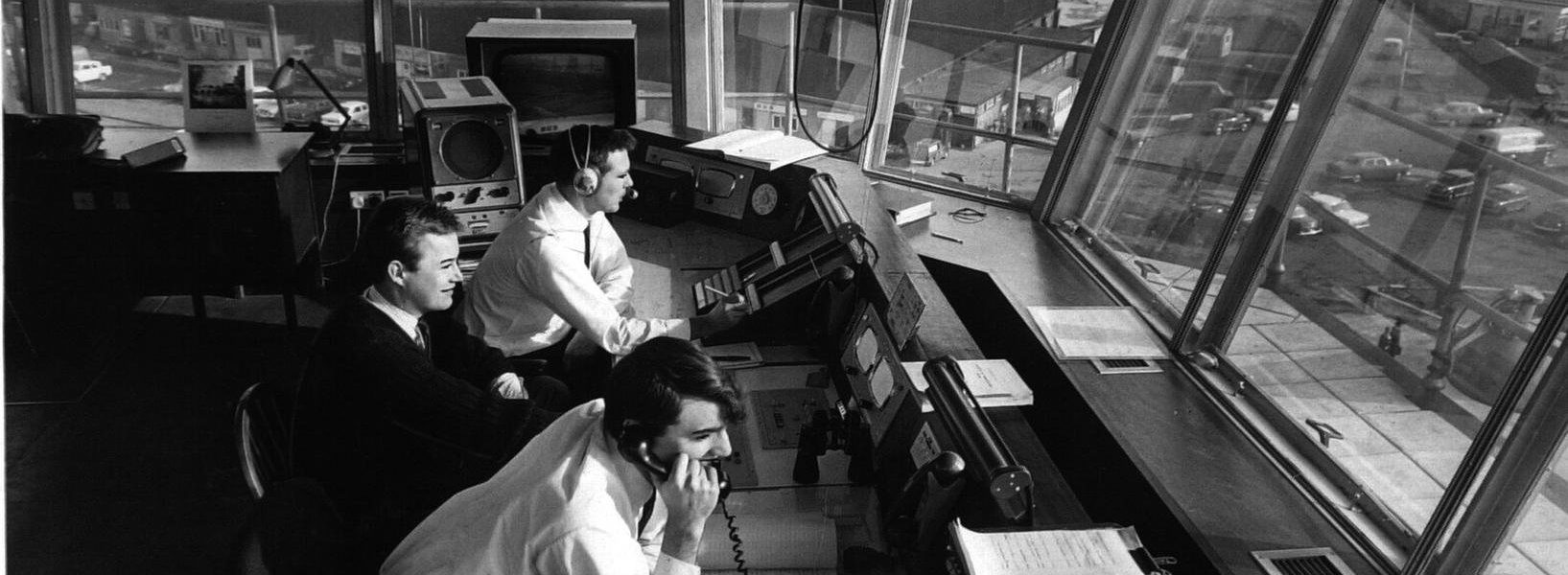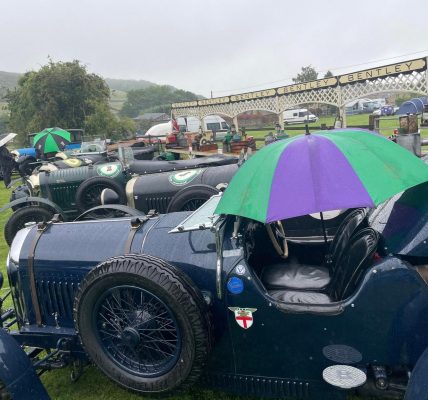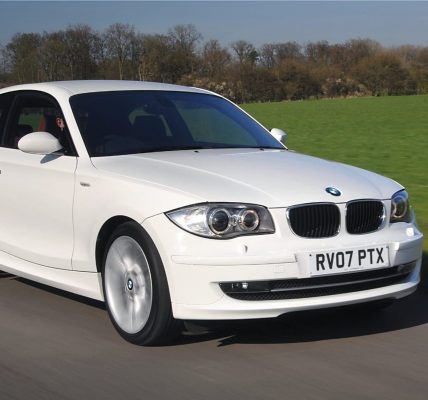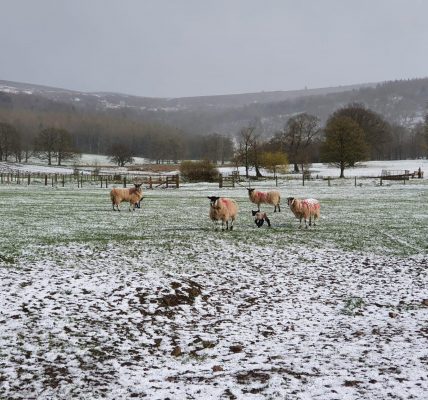Yeadon's growth from farm town to home of Leeds Bradford Airport
Yeadon played an important role in Britain’s war effort and today its airport is a key player in the region’s economy. Phil Penfold reports.
She was born a slave in Antigua under a brutal British colonial regime, and died a freed woman in US.
Betsy Sawyer was clearly someone with a story to tell. The sad fact is, though, that this remarkable woman never told it in her own words. That task was left to a Methodist missionary, the man who paid good money to “free” Betsy, and who then kept her as a domestic servant for the rest of her life.
Betsy died, aged 65, in November 1839, and she is commemorated in Yeadon Methodist churchyard, which is an awfully long way from the Caribbean. The memorial stone remembers her journey to freedom (if being a wage-earning servant can be called freedom) and a new life, and was erected by her friends in the Methodist Society in the town.
Betsy left no account of her life, her history or her heritage, but in those days, at the dawn of the Victorian era, she must have cut quite a remarkable figure. Everyone must have known her.
Yeadon at that time was fast-growing with a swift rise in population – in 1801 the census counted 1,695 citizens, and 50 years later it was nearly four times higher. Originally a farming town, manufacturing was the key to Yeadon’s growth.
So what do we know about Yeadon’s past? Well, we know that in 1354, its locals took on the power of the Church in a hotly disputed court case over the ownership of some 300 acres of moorland adjacent to the town, between Yeadon Tarn and Horsforth.
The Prior of Kirkstall Abbey said that it was their territory, Yeadon disagreed, and squared up to the monks. (Yeadon won. Leeds Bradford Airport now occupies the same territory).
The airport, of course, is at the heart of Yeadon’s more recent story. It actually opened 90 years ago as Yeadon Aerodrome, and regular scheduled flights started in 1935, with services to Newcastle, Edinburgh and London (Heston). Probably its finest hour was when it was requisitioned at the onset of the Second World War when it was used as a second factory for the Avro plane-making and engineering company.
Avro had been founded by a pioneering aviation engineer, Alliott Verdon Roe, and the company was to build – among other wartime machines – the Lancaster bomber, 700 of them in Yeadon alone. By the time the war ended, this site had delivered more than 5,500 planes. At the time, the workforce at the US base numbered around 17,000 people – when the population of Yeadon was some 10,000 or so. And the factory itself was for many years the largest in Europe, at about 1.5 million square feet.
Civilian flights resumed in 1947, and Leeds Bradford prospered, with the first transatlantic flight (to Toronto) in 1984, and two years later a crowd (said to be around 70,00-strong) turned up to watch a charter flight from Paris arrive. The plane that excited everyone was Concorde, and she made many other charter appearances before her retirement almost two decades later.
The airport remains a key employer in Leeds and is home to Jet2.com’s HQ.
The town itself boasts a pair of remarkable buildings, the Town Hall, and Low Hall. The two could not be more different. The first is a glorious example of unfettered Victorian pomposity.
It’s described as “French Gothic”, but it really looks like a giant wedding cake. The architect at play here was a Halifax-born lad, William Hill (no relation to the bookmaker) who was a staunch member of a breakaway section (The New Connection) of the Methodist Church. Lucky William, for when his fellow worshippers decided to build new chapels they only picked architects and designers from within their own ranks. A very clear case of that it’s not just who you know, but with whom you say your prayers, that matters.
Apart from places of worship and workhouses, William was a dab hand at entering competitions – a hugely popular means of sorting out the best plans and schemes at the time. There were over 200 entries when architects from across the UK were asked to submit their ideas for Yeadon’s most significant public building, and William walked off with the prize.
The foundation stone was laid on May 10, 1879, and just over a year later it was officially opened by the politician and banker, William Becket Denison. The budget had been £5,000, and the builder was another local, Richard Hogg. It has been an administrative HQ for various councils over the years. However, more recently it has been transformed into a venue now owned and managed by the Yeadon Town Hall Community Interest Company, which has turned the building into a vibrant hub for the arts. Spearheaded by its energetic director, Jamie Hudson, it has become an invaluable community asset.
The Town Hall is Grade II listed, and so is Low Hall, which is just outside the centre of Yeadon, on Gill Lane. It was built as a farmhouse in 1624, but the date carved into the lintel over the main door is 1658, and there are also the initials WS, proudly signifying its then owner William Sale. Legend has it that William added a new porch to his property by plundering the remains of nearby Esholt Priory, gutted at the time of the Dissolution of the Monasteries.
The building has a priest hole – a place where anyone invited to celebrate mass could hide, if the Protestant investigators chose to raid the property. It is likely that this hole was designed by Nicholas Owen, a Jesuit lay brother. The unfortunate Owen was implicated in the Gunpowder Plot and tortured to death in the Tower of London.
The heart of Yeadon is on a hill with a south-facing slope, and the geology of these parts helped the creation of a natural hilltop lake, the Tarn, which was extended by various industrial diggings. At one time, the town depended on brick and tile works, mills, soap and dye works and in the past a stroll around Yeadon Tarn would not have been particularly pleasant. Today, though, it’s a completely different story. It is a much-loved attraction, offering sailing and fishing, and an abundance of wildlife. Alongside sits Tarnfield Park, with a dedicated BMX track.
During the war, however, the Tarn was completely drained so that the Luftwaffe could not use the reflection on the waters as a guide during bombing raids. The old rail branch line, which connected with Guiseley, is now a nature and bike track.
There is a lot to be proud of in Yeadon, including the role it played just over a century ago, in securing better conditions in the factory workplaces. There were demonstrations, hunger marches, and protests, but the unions stood their ground.
The result was that the working week was shortened, wages rose, and the unions saw the sense of consolidating – many little groups became a few larger ones, with far greater clout.
Yeadon folk standing up for themselves. Perhaps for Yeadon, read US.










